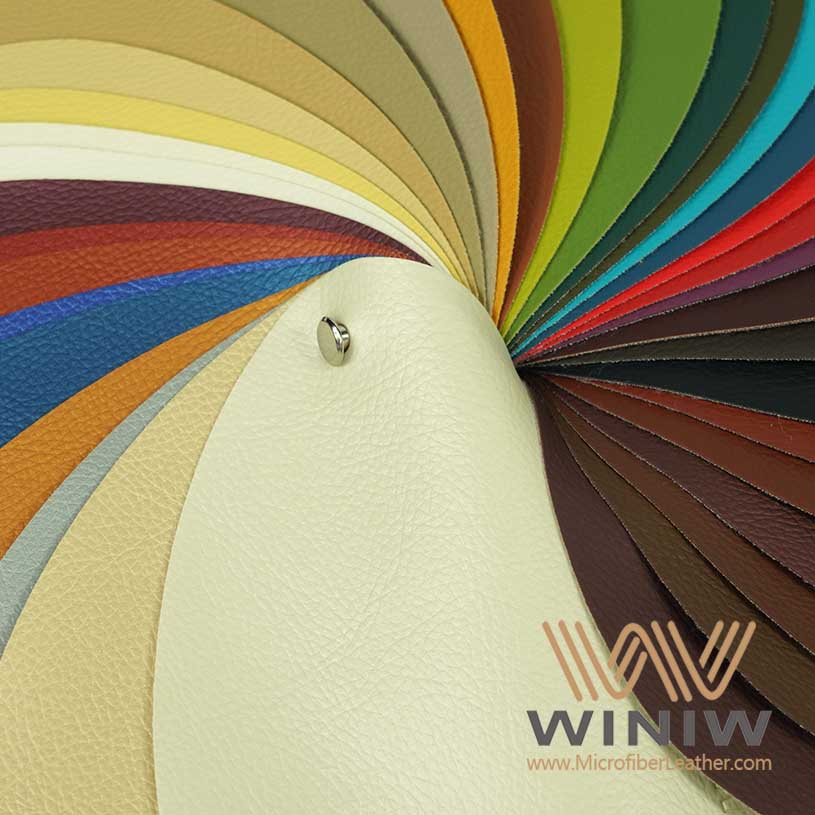
Soft PVC leather is a synthetic material that offers an affordable and durable alternative to genuine leather. Manufacturers create it by coating a fabric base with polyvinyl chloride (PVC) resin and adding softening agents to achieve a flexible, smooth feel. People choose this material for many reasons:
Versatility in fashion, furniture, and automotive products
Cost-effective option for a leather-like appearance
Resistance to wear and tear in high-use environments
Simple cleaning process for easy maintenance
These qualities make soft PVC leather a popular choice in today’s consumer markets.
Soft PVC leather is a synthetic alternative to genuine leather, offering durability and affordability.
This material is versatile, used in fashion, furniture, and automotive applications.
Soft PVC leather is easy to clean, making it ideal for high-traffic areas and busy households.
It resists wear and tear, providing a long-lasting option for various products.
Unlike genuine leather, soft PVC leather does not develop a unique patina over time.
Proper care and maintenance can significantly extend the lifespan of soft PVC leather products.
Soft PVC leather is animal-friendly, appealing to consumers who prefer cruelty-free options.
Environmental concerns exist due to its non-biodegradable nature, prompting a search for eco-friendly alternatives.
Soft PVC leather stands out as a type of synthetic leather. Manufacturers create it by coating a fabric base with polyvinyl chloride resin and adding plasticizers. This process results in a flexible, smooth, and leather-like material. The texture of soft PVC leather feels supple and comfortable, making it suitable for many applications. People often refer to this material as vinyl leather or polyvinyl chloride leather.
Soft PVC leather offers a unique combination of physical and mechanical properties. The following table highlights the main characteristics of PVC leather:
|
Property |
Description |
|---|---|
|
Material |
Synthetic leather |
|
Thickness |
0.45mm to 3.0mm |
|
Backing Material |
Knitted, non-woven, woven, or custom |
|
Features |
Elastic strength, non-fading, waterproof, elastic, anti-mildew, abrasion-resistant |
|
Applications |
Suitable for shoes, bags, sofas, furniture, handbags, decorative art, etc. |
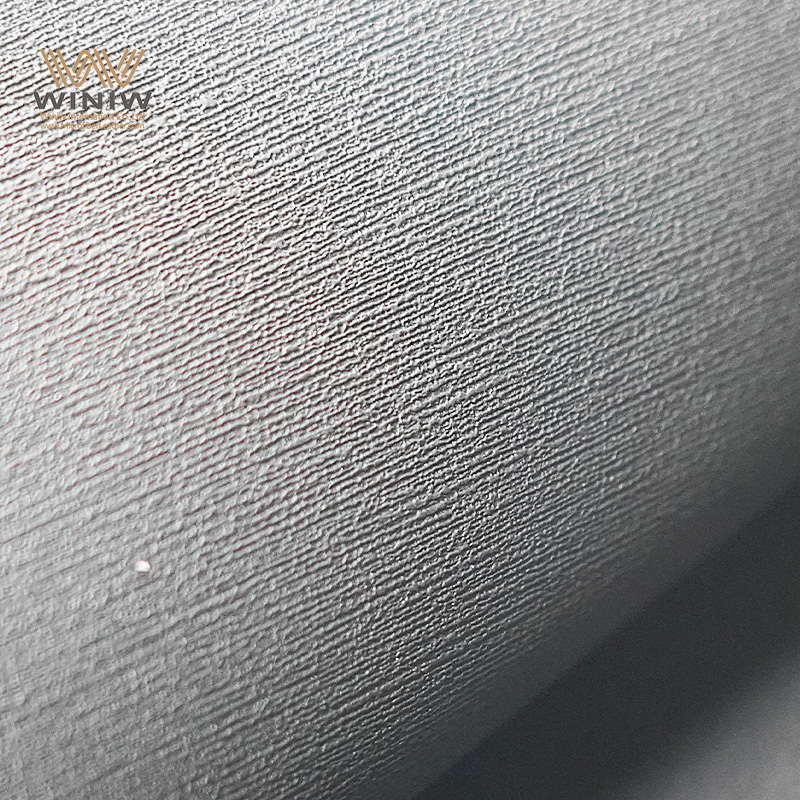
The chemical composition of soft PVC leather contributes to its softness and durability. The table below explains the main components:
|
Component |
Description |
|---|---|
|
PVC Resin |
The primary material used in soft PVC leather. |
|
Plasticizers |
Added to enhance flexibility and softness. |
|
Stabilizers |
Used to maintain the integrity of the material. |
The inclusion of plasticizers significantly increases the softness of PVC leather.
PVC leather is designed to mimic the feel of genuine leather, making it suitable for various applications.
Compared to PU leather, PVC leather is generally denser and less soft.
These characteristics of PVC leather make it a popular choice for those seeking a durable and versatile faux leather fabric.
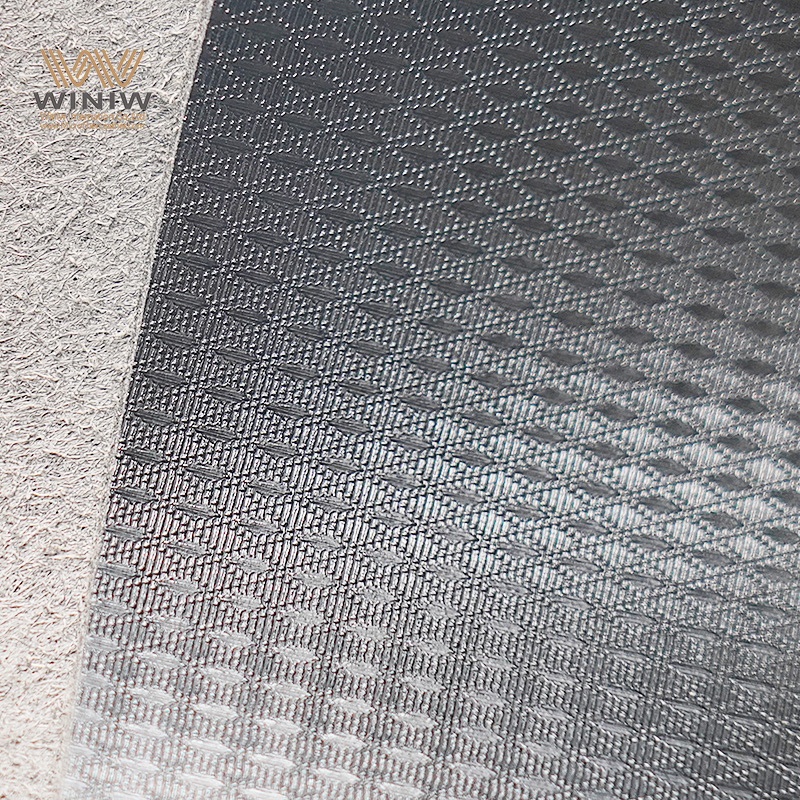
Soft PVC leather differs from other faux leather fabric types in several ways. Many people use terms like faux leather, pleather, PU leather, and leatherette to describe synthetic leather products. However, each type has unique features.
Faux leather fabric includes a wide range of synthetic materials, such as PVC leather and PU leather.
Polyvinyl chloride leather uses a PVC resin coating, while PU leather uses a polyurethane coating.
PVC leather offers greater resistance to abrasion, water, and mildew compared to most other faux leather fabric options.
The thickness of PVC leather ranges from 0.45mm to 3.0mm, providing more options for different uses.
High-quality PVC leather often lasts longer and maintains its appearance better than many other faux leather fabric choices.
The backing material in PVC leather can be knitted, non-woven, or woven, which adds to its strength and flexibility. These features set soft PVC leather apart from other faux leather fabric types.
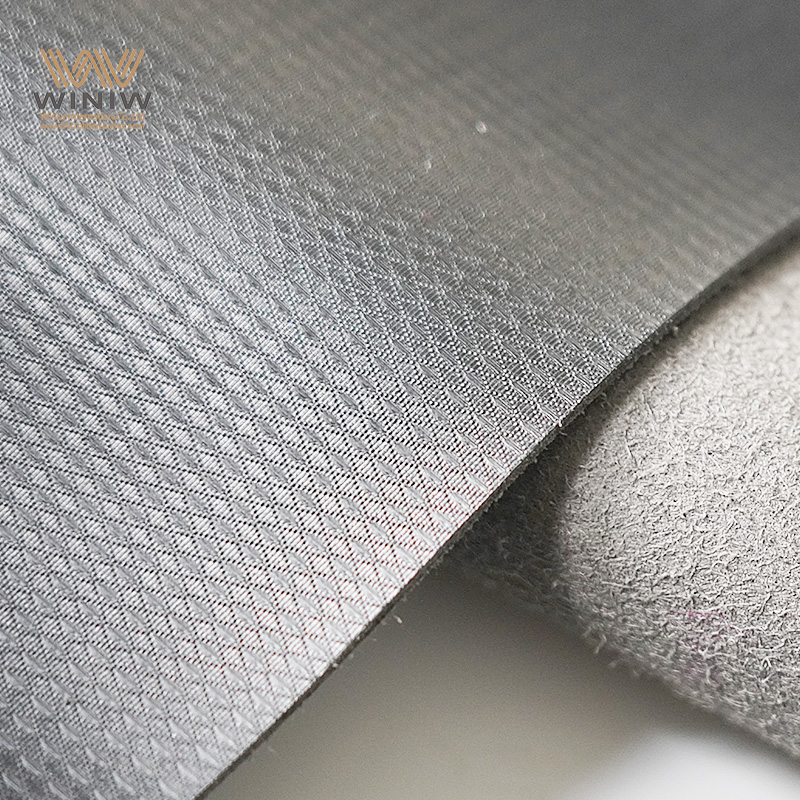
Many consumers hold misconceptions about soft PVC leather and other faux leather fabric products. The table below addresses some of the most widespread misunderstandings:
|
Misconception |
Clarification |
|---|---|
|
PVC leather is not durable |
It can be quite robust and long-lasting depending on its quality and usage. |
|
PVC leather has a plastic-like appearance |
Modern PVC leathers can closely imitate the texture and look of genuine leather. |
|
PVC leather requires high maintenance |
It’s relatively easy to care for compared to natural leather. |
People sometimes believe that all faux leather fabric lacks durability or style. In reality, high-quality PVC leather can withstand daily use and maintain its appearance for years. Modern manufacturing techniques allow polyvinyl chloride leather to closely resemble genuine leather in both look and feel. Maintenance for PVC leather remains simple, making it a practical choice for busy households and commercial spaces.
Note: Industry professionals often use alternative names for soft PVC leather, such as faux leather, pleather, PU leather, and leatherette. These terms may refer to different types of faux leather fabric, so buyers should check product details before making a selection.
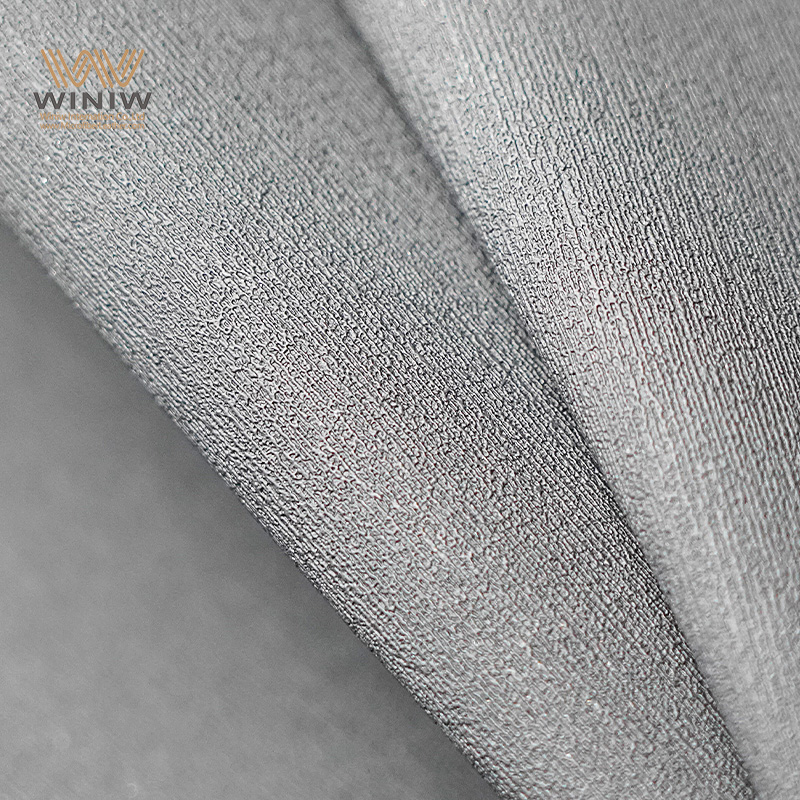
Manufacturers select specific materials to produce soft pvc leather. The main ingredient is polyvinyl chloride, known as pvc resin. They combine this resin with plasticizers, stabilizers, pigments, and fillers. These additives help create a strong, durable, and water-resistant material. The fabric base often consists of knitted, woven, or non-woven textiles. This backing provides flexibility and strength, allowing the finished product to withstand daily use.
pvc resin forms the core of the artificial leather.
Plasticizers increase softness and flexibility.
Stabilizers maintain the material’s integrity.
Pigments add color and style.
Fillers improve texture and reduce cost.
The combination of these materials results in a water-resistant surface that protects against spills and moisture.
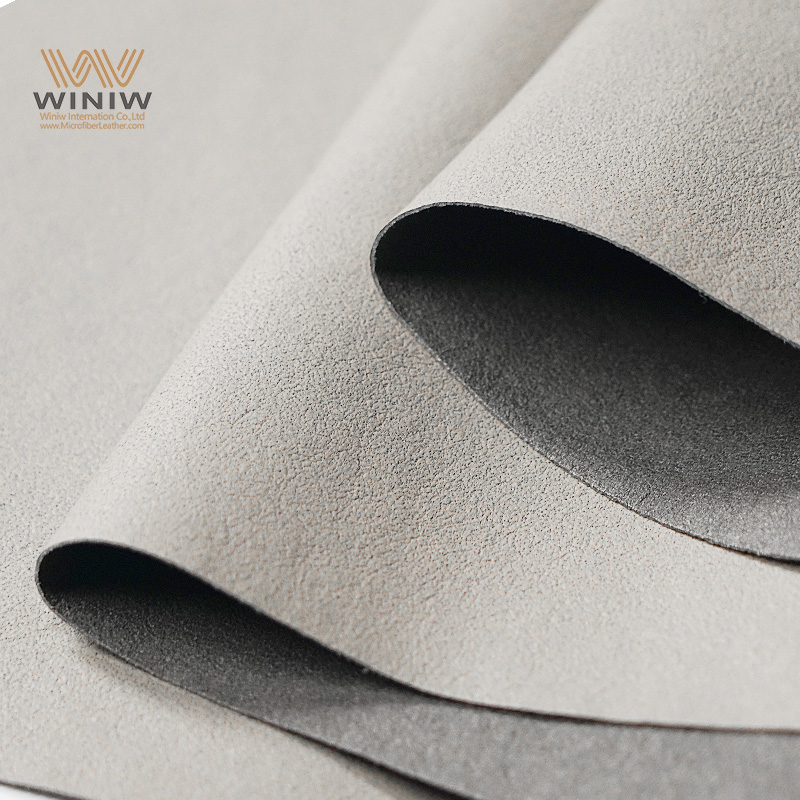
The production of soft pvc leather involves several steps. Each stage contributes to the final quality and feel of the material.
Manufacturers begin by mixing pvc resin with plasticizers. This mixture enhances flexibility and creates a soft texture. They heat the blend in a melt mixing machine, then extrude it into sheets. One side of each sheet receives a coating of either polyurethane or pvc for added protection. The sheets pass through heated rollers that emboss a textured pattern, giving the material a leather-like appearance. After embossing, the sheets cool to the desired temperature. Workers then cut the cooled pvc leather cloth into specific sizes and shapes.
Mix pvc resin and plasticizers.
Heat and extrude the mixture into sheets.
Coat one side with polyurethane or pvc.
Emboss with a textured pattern.
Cool the sheets.
Cut to size.
This process ensures that soft pvc leather remains strong, flexible, and water-resistant.
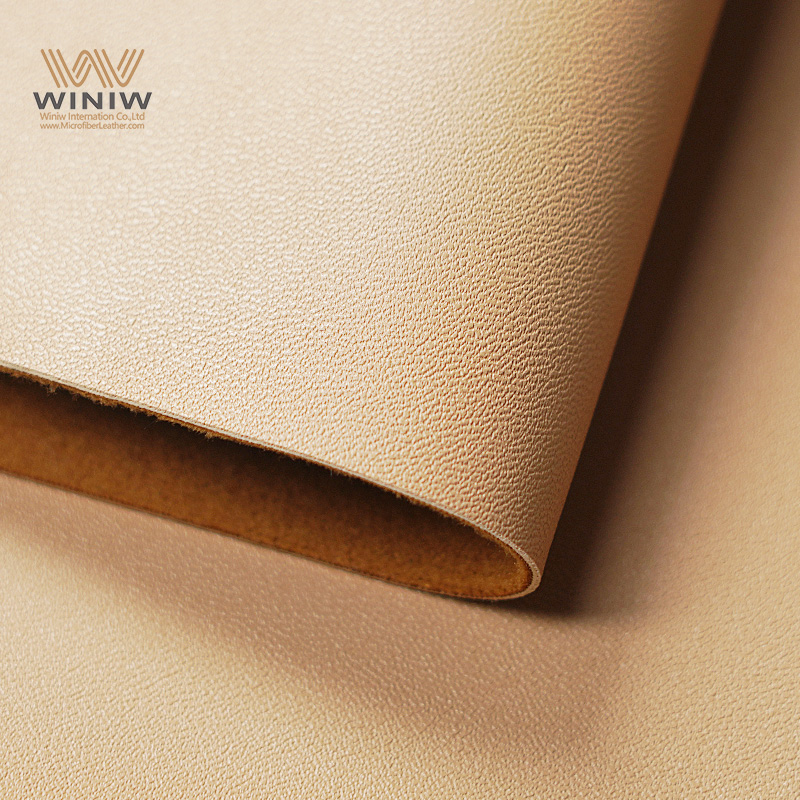
Plasticizers play a key role in making soft pvc leather different from standard pvc. These agents penetrate the pvc structure, allowing the material to bend and flex without cracking. The result is a supple, comfortable surface that feels similar to genuine leather. The use of plasticizers also enhances the water-resistant properties, making the material suitable for furniture, fashion, and automotive interiors.
Tip: The right balance of plasticizers and stabilizers determines the softness and durability of soft pvc leather.
The production and disposal of soft pvc leather impact the environment in several ways. The table below outlines the main concerns:
|
Aspect |
Impact |
|---|---|
|
Production Process |
Releases volatile organic compounds (VOCs) and other pollutants. |
|
Resource Use |
Involves significant energy and petrochemical resources. |
|
Recycling Potential |
pvc leather can be recycled, extending its lifecycle. |
|
Disposal Issues |
Not biodegradable, contributing to landfill waste. |
Manufacturers continue to seek ways to reduce emissions and improve recycling methods. Although pvc leather offers a water-resistant surface and long lifespan, its non-biodegradable nature poses challenges for waste management.
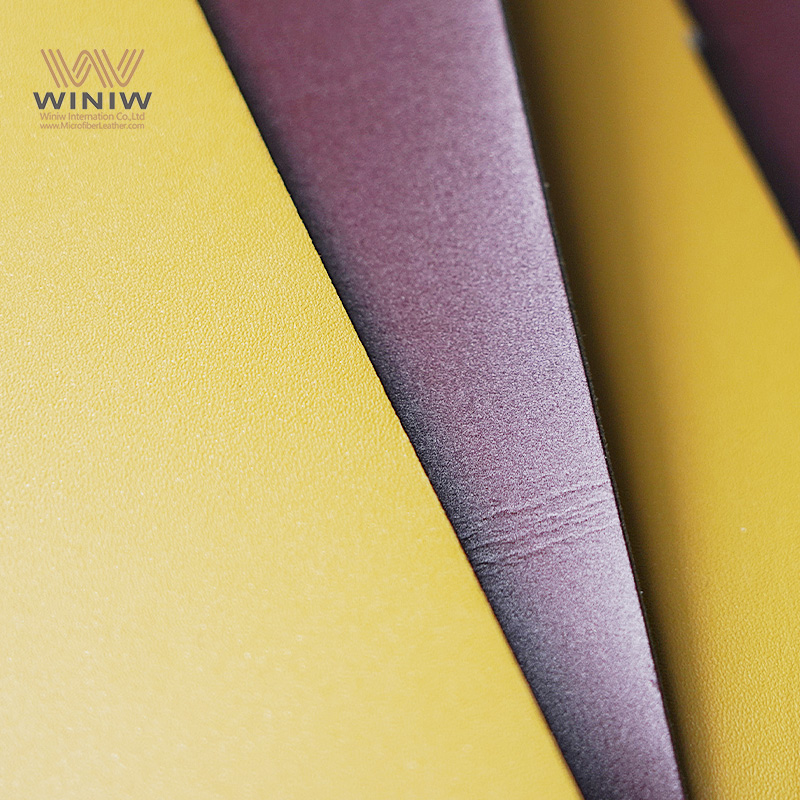
Many consumers want to know how pvc leather compares to genuine leather. Both materials offer a stylish look, but they differ in several important ways. The table below highlights the main differences:
|
Feature |
Soft PVC Leather (Faux Leather) |
Genuine Leather |
|---|---|---|
|
Appearance |
Often looks attractive and is easy to clean, but may not have the same depth as genuine leather. |
Has a natural look with variations in texture and finish. |
|
Durability |
Can crack after a few years of use due to its laminated surface. |
Known to last 10 to 20 years or longer due to its strong organic composition. |
|
Cost |
Generally lower price, but may not provide long-term value. |
Higher initial cost, but offers better long-term value due to durability. |
Pvc leather provides a uniform appearance and resists stains. Genuine leather develops a unique patina over time. Many people choose pvc leather for its affordability and easy maintenance. Genuine leather appeals to those who value natural texture and long-lasting quality.
Note: Soft pvc leather offers a practical solution for those who want the look of leather without the higher price tag.
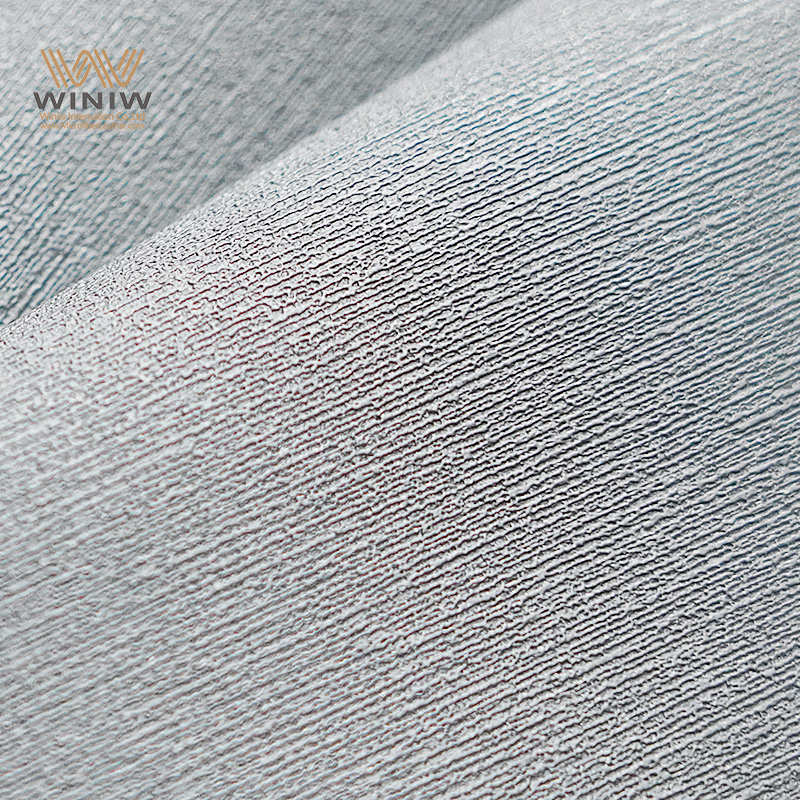
Pvc leather and pu leather are both popular types of faux leather. Each material has unique strengths. Pvc leather stands out for its durability and resistance to moisture. Manufacturers use a pvc coating, which creates a tough, waterproof surface. Pu leather, made with a polyurethane coating, feels softer and more flexible. However, pu leather often wears out faster than pvc leather, especially in high-use areas.
Pvc leather resists scratches and stains better than pu leather.
Pu leather feels lighter and more breathable, making it comfortable for clothing.
Pvc leather works well for furniture and car interiors because it holds up under frequent use.
Pu leather may peel or crack sooner, especially if exposed to sunlight or heat.
Many people choose pvc leather when they need a long-lasting faux leather option. Pu leather remains popular for fashion items that require a softer touch.
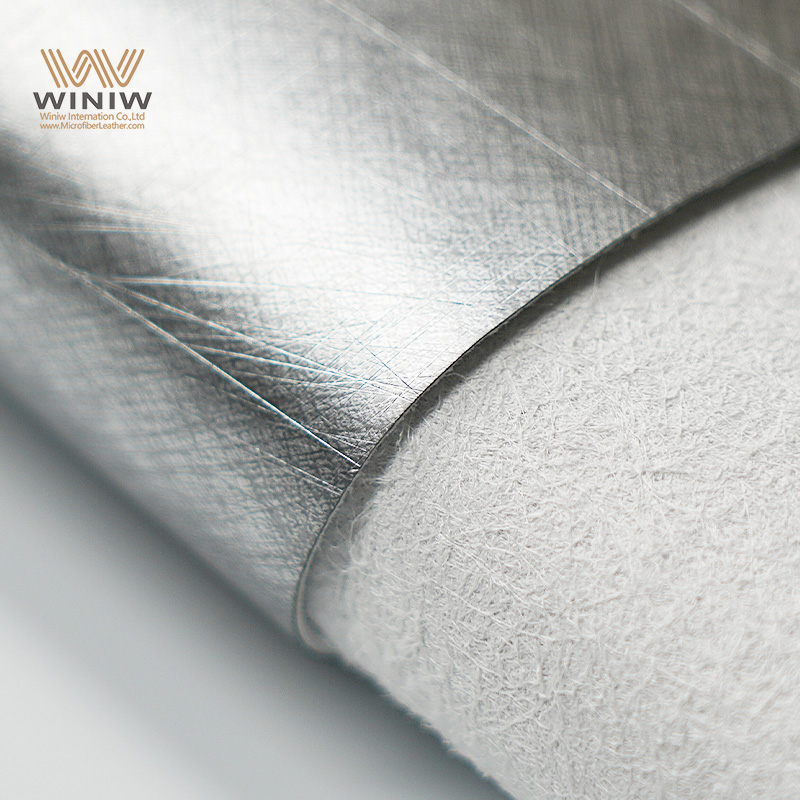
The world of faux leather includes many alternatives to pvc leather and pu leather. Each type offers different properties and uses. The table below summarizes the most common options:
|
Faux Leather Type |
Properties |
Common Uses |
|---|---|---|
|
Thermoplastic Polymer |
Soft, flexible, breathable, comfortable for clothing and upholstery |
Clothes, shoes, accessories, furniture |
|
Polyvinyl Chloride Leather |
Waterproof, inflexible, less breathable, durable, easy to clean |
Furniture, car interiors, shoes |
|
Durable, soft, water-resistant, closely resembles real leather |
High-end shoes, bags, upholstery |
|
|
Cork Leather |
Natural, sustainable, lightweight, eco-friendly |
Bags, wallets, shoes, accessories |
|
Bio-Based Faux Leather |
Ecological, biodegradable, cruelty-free, made from plant materials |
Bags, shoes, accessories |
Faux leather products now include eco-friendly options like cork leather and bio-based faux leather. Microfiber leather offers a soft feel and high durability, making it a favorite for luxury goods. Thermoplastic polymer types provide breathability and comfort for clothing. Pvc leather remains a top choice for those who want a waterproof, easy-to-clean surface.
Tip: When choosing faux leather, consider the intended use, desired feel, and environmental impact.
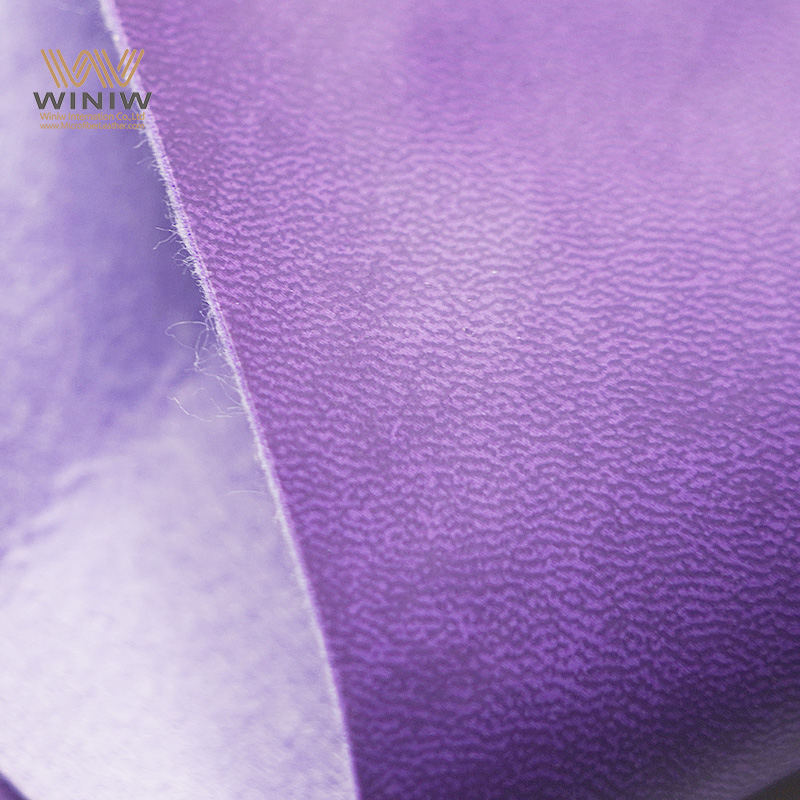
Soft pvc leather has become a staple in furniture upholstery. Manufacturers use it to cover sofas, chairs, and headboards. This material offers a smooth surface that resists stains and moisture. Many households prefer soft pvc leather for its easy cleaning and durability. Designers select it for faux leather upholstery in both modern and classic styles. The applications of pvc leather in furniture extend to commercial spaces, such as restaurants and hotels. These venues require materials that withstand frequent use and maintain their appearance over time. Soft pvc leather meets these demands with its abrasion resistance and flexibility. People often choose it for faux leather applications in high-traffic areas. The versatility of this material allows for a wide range of colors and textures, making it suitable for various interior design themes.
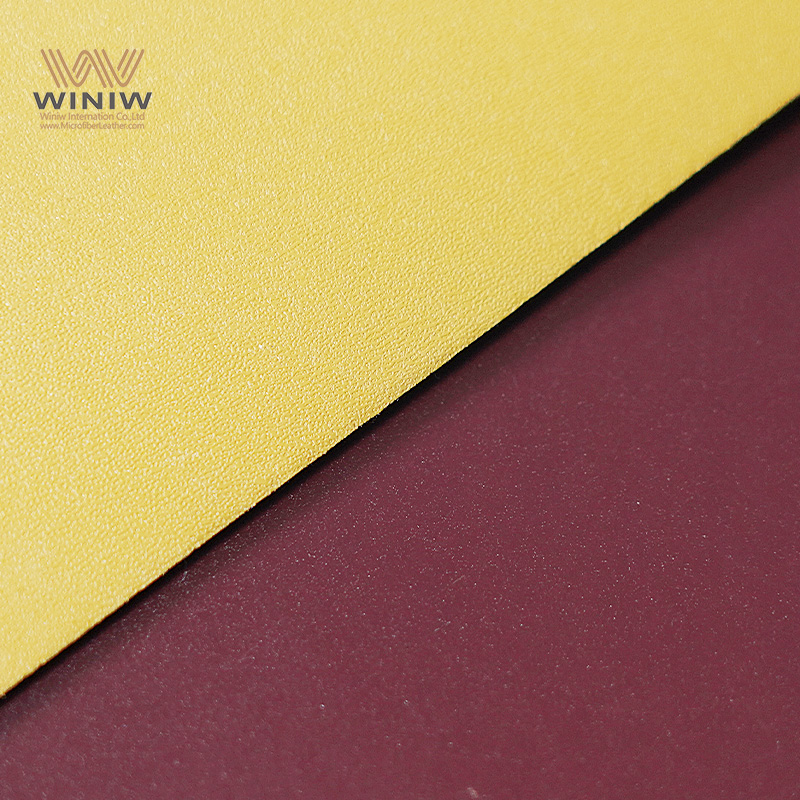
Fashion brands rely on soft pvc leather for many popular products. This material appears in bags, shoes, clothing, gloves, and outfits. Its smooth and sleek appearance attracts designers who want a modern look. Soft pvc leather provides water-resistant properties, which help protect items from rain and spills. The applications in fashion include jackets, handbags, and boots. Consumers appreciate the durability and versatility of these products. The table below highlights common fashion and accessory items made from soft pvc leather:
|
Fashion and Accessories |
|---|
|
Bags |
|
Shoes |
|
Clothing |
|
Gloves |
|
Outfits |
Soft pvc leather offers a durable and versatile option for fashion.
Water-resistant features make it practical for everyday use.
Designers use it to create jackets and bags with a smooth finish.
Fashion applications of pvc leather continue to expand as new styles emerge. Many brands choose this material for its cost-effectiveness and ability to mimic genuine leather.
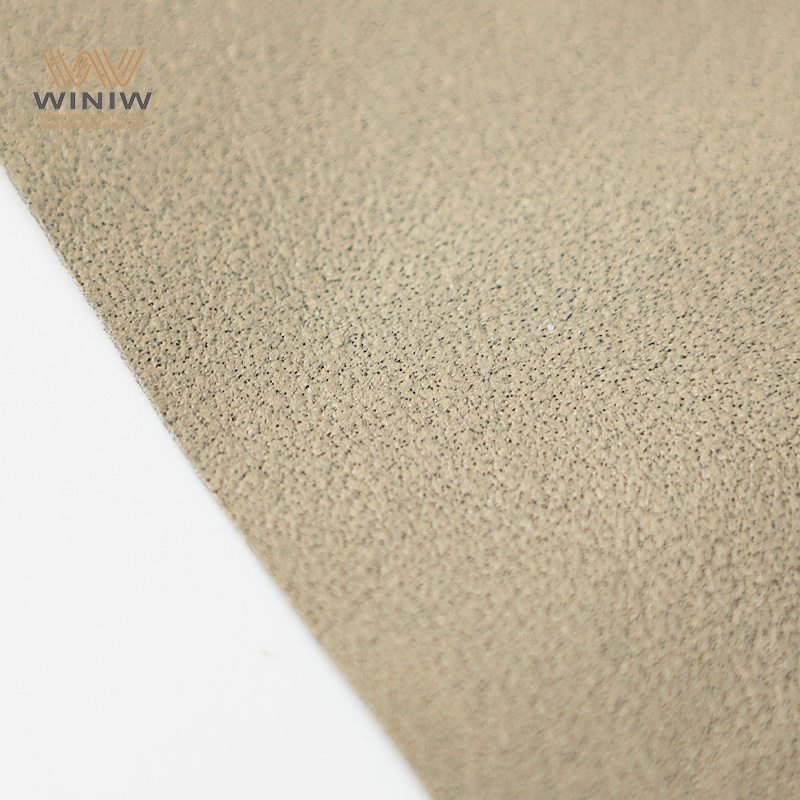
Automotive manufacturers use soft pvc leather in car seats, dashboards, and door panels. This material provides a lightweight and durable solution for vehicle interiors. The applications of pvc leather in cars include seat covers and trim that resist wear and tear. Soft pvc leather integrates with smart technologies, such as heated seats and touch controls. The table below compares materials used in automotive interiors:
|
Material Type |
Characteristics |
Prevalence in Automotive Interiors |
|---|---|---|
|
Soft PVC Leather |
Durable, cost-effective, lightweight, integrates with smart technologies |
Increasingly prevalent |
|
Polyurethane |
More environmentally friendly, but less cost-effective than PVC |
Competing with PVC |
|
Bio-based Substrates |
Environmentally friendly, but may lack the durability of PVC |
Gaining traction |
Automotive designers select soft pvc leather for its ability to maintain appearance under heavy use. The applications in vehicles highlight its popularity and versatility. Many car owners prefer faux leather upholstery for easy cleaning and long-lasting comfort. The growing demand for soft pvc leather in automotive interiors reflects its practical benefits and adaptability.
Soft PVC leather continues to expand its reach beyond furniture, fashion, and automotive interiors. Manufacturers and designers recognize its adaptability and introduce it into new fields. This material offers unique benefits that suit a wide range of products and industries.
Technology and Electronics
Soft PVC leather appears in technology accessories. Companies use it for protective cases, laptop sleeves, and tablet covers. The material provides a sleek look and shields devices from scratches and moisture. Some brands design mouse pads and headphone cushions with soft PVC leather for added comfort and durability. The ability to customize color and texture allows manufacturers to match consumer preferences and brand identities.
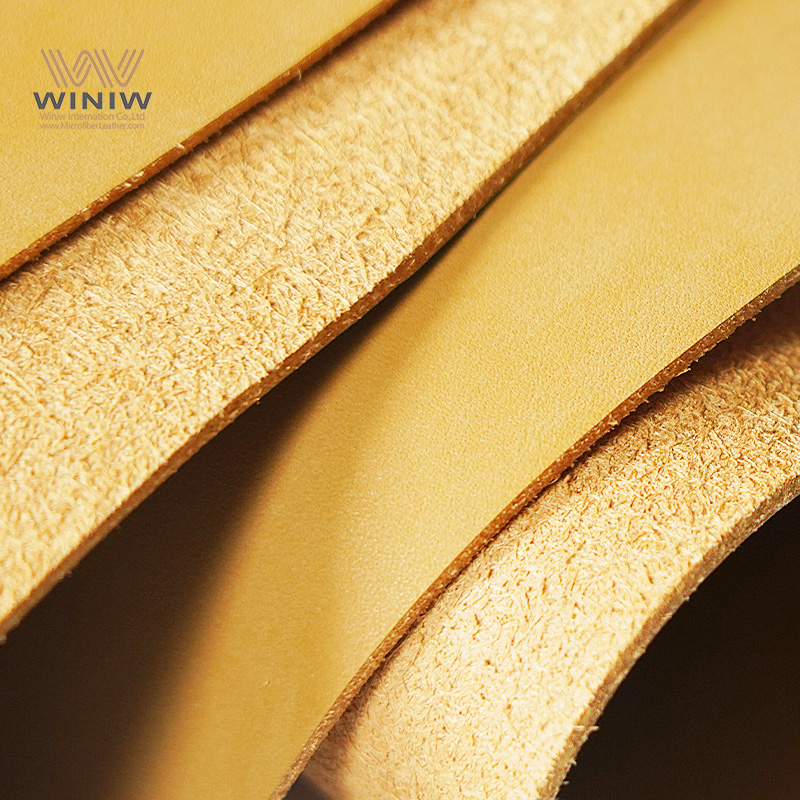
Healthcare and Medical Equipment
Hospitals and clinics select soft PVC leather for medical furniture and equipment. Examination tables, wheelchairs, and patient chairs often feature this material. Its waterproof surface resists stains and supports easy cleaning, which helps maintain hygiene standards. Soft PVC leather also appears in rehabilitation devices and support braces. The flexibility and softness improve patient comfort during use.
Hospitality and Commercial Spaces
Hotels, restaurants, and offices rely on soft PVC leather for wall panels, decorative accents, and menu covers. The material withstands frequent handling and cleans easily, making it ideal for high-traffic environments. Designers choose it for conference room chairs and waiting area benches. Customization options in color and texture allow businesses to create unique atmospheres that reflect their brand image.
Sports and Recreation
Sports equipment manufacturers use soft PVC leather for gym mats, yoga accessories, and protective gear. The material’s durability and water resistance make it suitable for items exposed to sweat and moisture. Soft PVC leather also appears in sports bags and gloves. Athletes benefit from its comfortable feel and easy maintenance.
Emerging and Innovative Uses
Recent trends show soft PVC leather entering new markets. Vegan leather alternatives gain popularity among environmentally conscious consumers. Designers experiment with bold colors and textures to create statement pieces for art installations and exhibitions. Some companies develop eco-friendly versions by reducing harmful additives and improving recyclability.
Tip: Soft PVC leather’s versatility allows manufacturers to tailor products for specific needs. Customization in color, texture, and finish supports innovation across industries.
The table below summarizes the diverse applications of soft PVC leather:
|
Application Area |
Example Products |
Key Benefits |
|---|---|---|
|
Technology |
Device cases, mouse pads, headphones |
Protection, style, comfort |
|
Healthcare |
Medical chairs, braces, exam tables |
Hygiene, durability |
|
Hospitality |
Wall panels, menu covers, seating |
Easy cleaning, customization |
|
Sports |
Gym mats, gloves, sports bags |
Water resistance, comfort |
|
Art & Design |
Installations, decorative accents |
Creative expression |
Soft PVC leather’s popularity grows as industries discover new ways to use it. Its combination of durability, flexibility, and customizable appearance makes it a preferred choice for many innovative products.
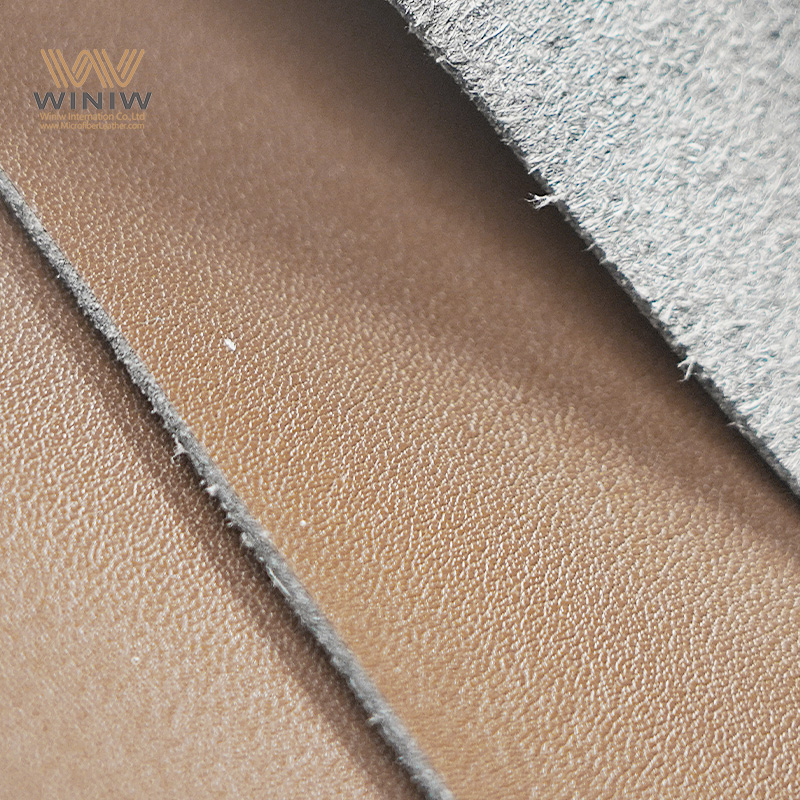
Soft pvc leather stands out for its durability and longevity. Manufacturers design this material to withstand daily wear and tear. The surface resists scratches, stains, and moisture, making it suitable for high-traffic areas. Many people choose pvc leather for furniture, car interiors, and accessories because it remains durable even after years of use. The advantages of pvc leather include its ability to maintain quality and appearance over time. Unlike some other synthetic materials, pvc does not peel or crack easily. This durability makes it a reliable choice for homes, businesses, and vehicles.
Tip: The durability of pvc leather allows products to retain their shape and color, even with frequent cleaning and use.
One of the main advantages of pvc leather is its easy maintenance. People find that cleaning pvc surfaces requires minimal effort. Manufacturers recommend several simple methods for keeping pvc leather in top condition:
Regular dusting with a soft, dry cloth or a vacuum cleaner with a brush attachment removes dust and debris.
Mild cleaning with a soap solution and a soft cloth helps eliminate light stains. Rinse and dry thoroughly after cleaning.
For heavy soiling, use a warm, mild soapy solution and a damp microfiber or cotton cloth. A soft hand brush can help with stubborn spots.
Avoid harsh chemicals and abrasive cleaners, as these can damage the pvc surface.
Remove impurities quickly to prevent stains from setting.
Always test cleaners on a small, hidden area before applying them to the entire surface.
Keep pvc leather away from heat sources to prevent warping or melting.
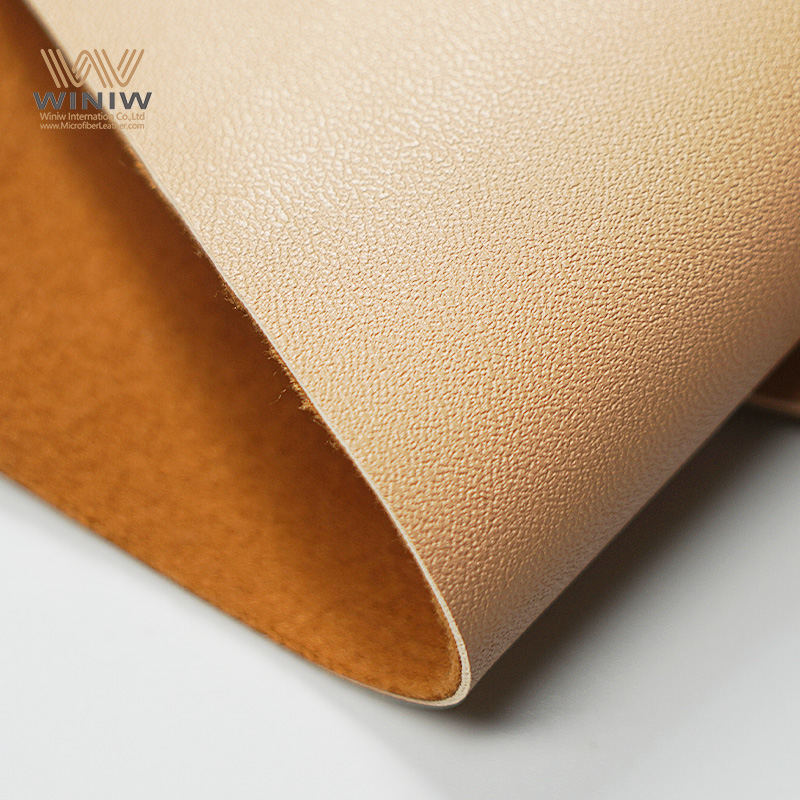
Routine cleaning with mild soap and water keeps pvc leather looking new. The material’s water-resistant properties make it ideal for households with children or pets. People appreciate the quality and convenience that pvc leather offers in everyday life.
Soft pvc leather provides a budget-friendly alternative to genuine leather and other synthetic options. The cost of pvc leather is significantly lower than natural leather. Genuine leather prices range from $10 to $50 per square foot, while synthetic leathers like pvc and PU cost only $1 to $3 per square foot. This price difference makes pvc leather accessible to a wider audience. Many budget-conscious consumers prefer pvc leather for its quality and style without the high costs. The affordability of synthetic leather has increased its popularity in fashion, furniture, and home decor.
The advantages of pvc leather extend beyond price. People receive a durable, attractive product that meets their needs without sacrificing quality. Designers and manufacturers use pvc leather to create stylish items that fit various budgets. The budget-friendly nature of pvc leather supports innovation and accessibility in many industries.
Note: Soft pvc leather offers quality and durability at a fraction of the cost of genuine leather, making it a smart choice for those seeking value.
Soft PVC leather offers a solution for consumers who want to avoid animal-derived materials. Manufacturers produce this synthetic leather without using animal hides or byproducts. People who choose soft PVC leather support cruelty-free practices and help reduce the demand for traditional leather production. Many individuals consider animal welfare when selecting products for their homes, wardrobes, or vehicles. Soft PVC leather provides an alternative that aligns with these values.
Animal-friendly materials have gained popularity in recent years. Shoppers often look for products that do not contribute to animal suffering. Soft PVC leather meets this need by offering a leather-like appearance and texture without involving animals. Designers use this material in furniture, fashion, and automotive interiors to create stylish items that appeal to a wide audience. The rise of veganism and ethical consumerism has increased interest in synthetic options like soft PVC leather.
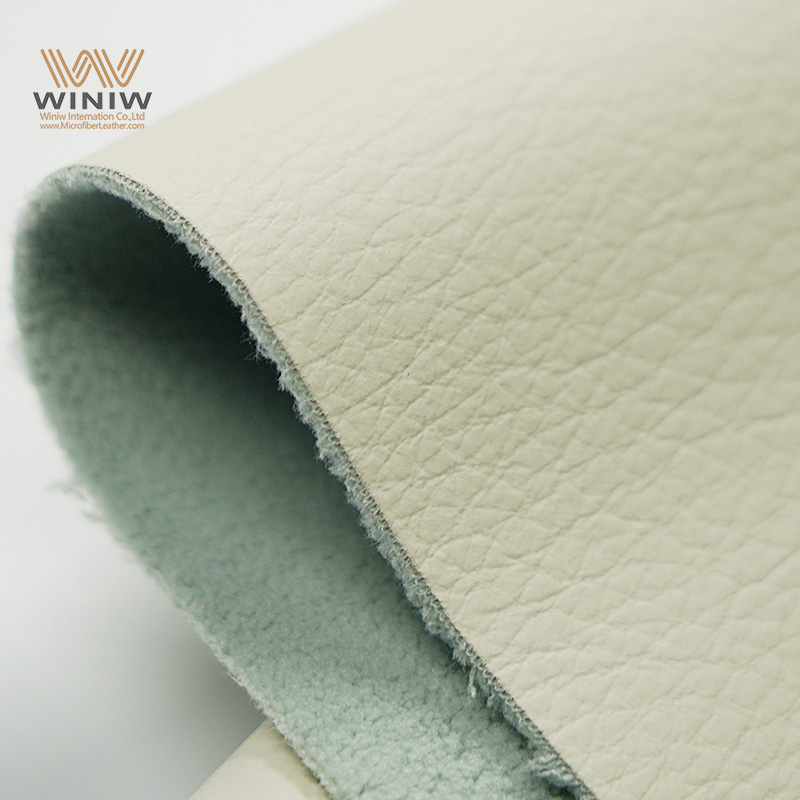
Manufacturers must ensure that their products meet certain standards for animal-friendliness. Certifications help verify that soft PVC leather does not contain animal-derived substances and that production methods follow ethical guidelines. The following table highlights two important certifications that apply to soft PVC leather:
|
Certification Name |
Description |
Link |
|---|---|---|
|
OEKO-TEX® LEATHER STANDARD |
Certifies leather products, including soft PVC leather, for safety and environmental impact. |
|
|
LEATHER STANDARD Certification Benefits |
Provides consumer protection with leather products that are harmless to human ecology. |
These certifications assure buyers that soft PVC leather meets strict requirements for safety and environmental impact. Products with these labels do not contain harmful chemicals and do not pose risks to human health. The OEKO-TEX® LEATHER STANDARD, for example, evaluates the entire production process and ensures that no animal-derived substances are present. The LEATHER STANDARD Certification Benefits focus on consumer protection and ecological safety.
Note: Certifications like OEKO-TEX® LEATHER STANDARD help consumers make informed choices about animal-friendly products. They provide transparency and build trust between manufacturers and buyers.
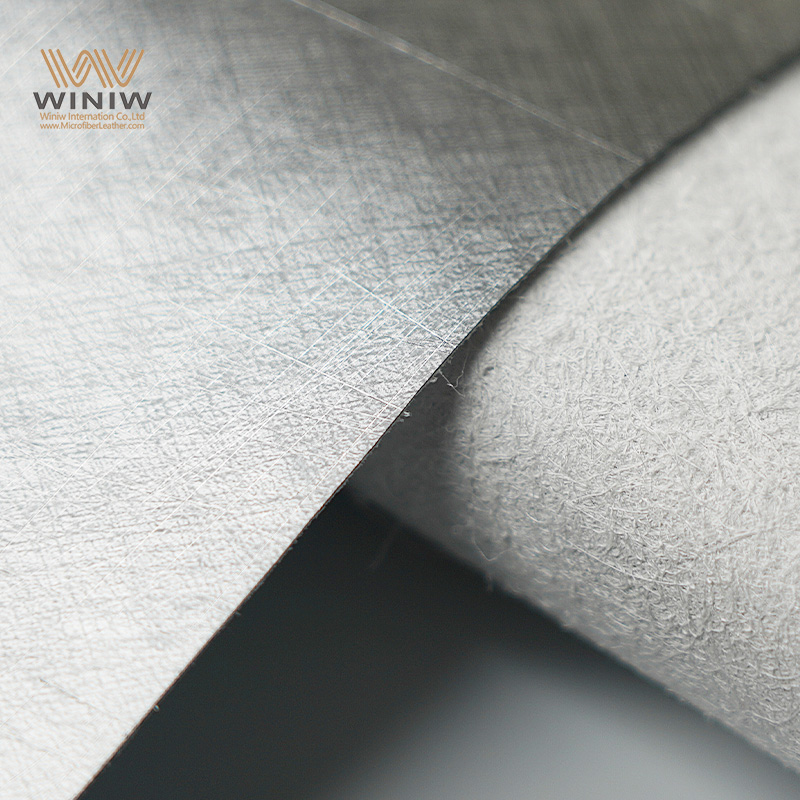
Soft PVC leather supports animal welfare by offering a cruelty-free alternative to traditional leather. People who care about ethical sourcing and sustainability often prefer this material. Manufacturers continue to improve production methods to meet the growing demand for animal-friendly products. As awareness of animal rights increases, soft PVC leather remains a popular choice for those seeking style, durability, and compassion in their purchases.
Manufacturers and consumers often discuss the environmental impact of pvc leather. The production of pvc leather relies on petrochemicals, which come from non-renewable resources. Factories release volatile organic compounds (VOCs) and other pollutants during manufacturing. These emissions can contribute to air and water pollution. Another concern involves the disposal of pvc leather products. Since pvc is not biodegradable, old items can remain in landfills for decades. Recycling options exist, but not all facilities accept pvc leather due to its chemical composition.
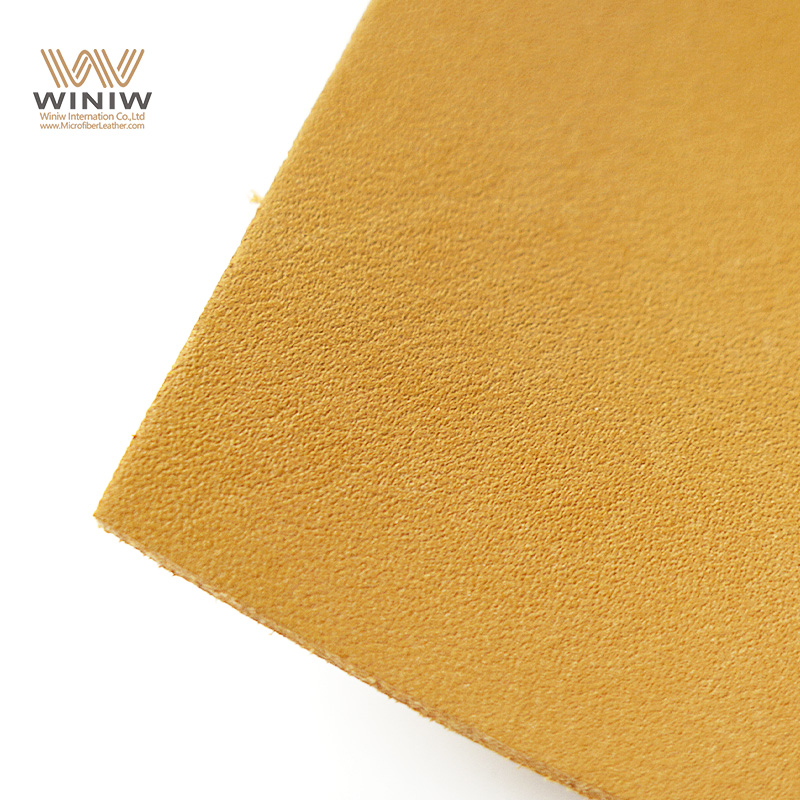
The disadvantages of pvc leather include its contribution to plastic waste and the challenges of breaking down the material after use. Some companies have started to develop more eco-friendly versions, but traditional pvc leather still poses environmental risks. Consumers who care about sustainability may want to consider these factors before choosing pvc leather products.
Note: The environmental disadvantages of pvc leather highlight the need for responsible production and disposal practices.
Comfort plays a major role in how people experience pvc leather products. Many users notice that pvc leather does not allow air or moisture to pass through easily. This lack of breathability can cause discomfort, especially during long periods of use. The following table compares the breathability and comfort of soft pvc leather with natural leather:
|
Type of Leather |
Breathability |
Moisture Absorption |
User Comfort |
|---|---|---|---|
|
Soft PVC Leather |
Poor |
Poor |
Discomfort during long-term use |
|
Natural Leather |
Excellent |
Excellent |
Comfortable due to adaptability to humidity and temperature |
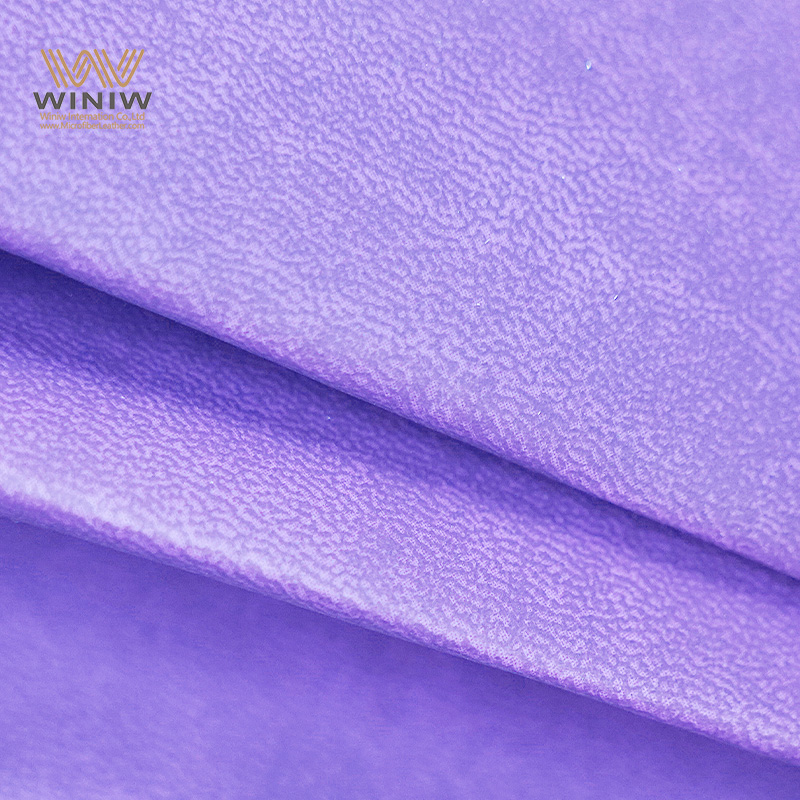
The disadvantages of pvc leather become clear in hot or humid environments. Users may feel sticky or sweaty when sitting on pvc leather furniture or wearing pvc leather clothing. Natural leather, on the other hand, adapts to body temperature and absorbs moisture, which increases comfort. Designers sometimes add perforations or mesh to pvc leather products to improve airflow, but these changes do not fully solve the problem.
Safety remains an important topic when discussing pvc leather. Some chemicals used in the production of pvc, such as plasticizers and stabilizers, can pose health risks if not properly managed. Regulations help protect consumers by limiting harmful substances in pvc leather products. Key safety regulations include:
California Proposition 65: Restricts certain harmful substances in consumer products, including leather, such as chromium and phthalates.
Lacey Act: Aims to prevent illegal importation of wildlife and plant products, which can include leather.
OSHA Requirements (29 CFR Part 1910): Establishes safety standards for personal protective equipment, which may include leather items.
Manufacturers must comply with these rules to ensure that pvc leather products remain safe for everyday use. However, the disadvantages of pvc leather include the potential for chemical exposure if products do not meet safety standards. Consumers should look for certifications and product labels that confirm compliance with safety regulations.
Tip: Always check for safety certifications when purchasing pvc leather products to reduce health risks.
Soft PVC leather offers many advantages, but it also presents several limitations that buyers and users should consider. These limitations affect its performance, appearance, and suitability for specific applications.
1. Limited Breathability and Comfort
Soft PVC leather does not allow air or moisture to pass through easily. Users may feel uncomfortable during extended contact, especially in hot or humid environments. The material can trap heat, which leads to sweating and discomfort. Natural leather and some advanced faux leather alternatives provide better breathability.
2. Susceptibility to Temperature Extremes
Extreme temperatures can affect soft PVC leather. High heat may cause the material to warp, melt, or lose its shape. Cold conditions can make it stiff and brittle. These changes reduce the lifespan of products made from soft PVC leather.
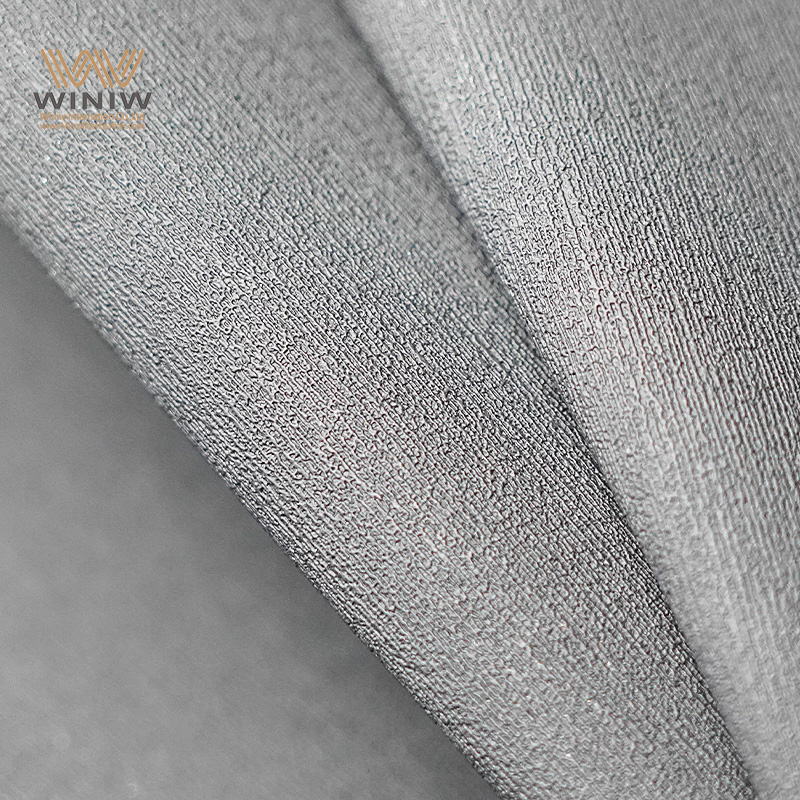
3. Appearance and Texture Limitations
Manufacturers design soft PVC leather to mimic genuine leather, but it often lacks the depth and richness of natural hides. The surface may appear uniform and artificial. Over time, the finish can fade or crack, especially with frequent use or exposure to sunlight.
4. Repair and Restoration Challenges
Repairing soft PVC leather presents difficulties. Tears, cracks, or deep scratches do not mend easily. Unlike genuine leather, which professionals can restore, PVC leather often requires replacement when damaged.
5. Limited Aging and Patina Development
Genuine leather develops a unique patina as it ages. Soft PVC leather does not change in the same way. The material maintains its original look until it begins to deteriorate. Many users prefer the character that comes with aging, which PVC leather cannot provide.
6. Restrictions in High-End Applications
Luxury brands and high-end designers often avoid soft PVC leather. The material does not meet the standards for premium products. Consumers seeking exclusivity and prestige usually select genuine leather or advanced faux leather alternatives.
Comparison Table: Soft PVC Leather vs. Genuine Leather Limitations
|
Feature |
Soft PVC Leather |
Genuine Leather |
|---|---|---|
|
Breathability |
Poor |
Excellent |
|
Temperature Resistance |
Limited |
Good |
|
Repairability |
Difficult |
Possible |
|
Aging/Patina |
None |
Develops over time |
|
Luxury Appeal |
Limited |
High |
Note: Buyers should match material choice to their needs. Soft PVC leather works well for budget-friendly, practical uses, but it may not suit every situation.
7. Environmental and Disposal Issues
Soft PVC leather is not biodegradable. Disposal creates long-term waste problems. Recycling options remain limited. Users concerned about sustainability may prefer eco-friendly alternatives.
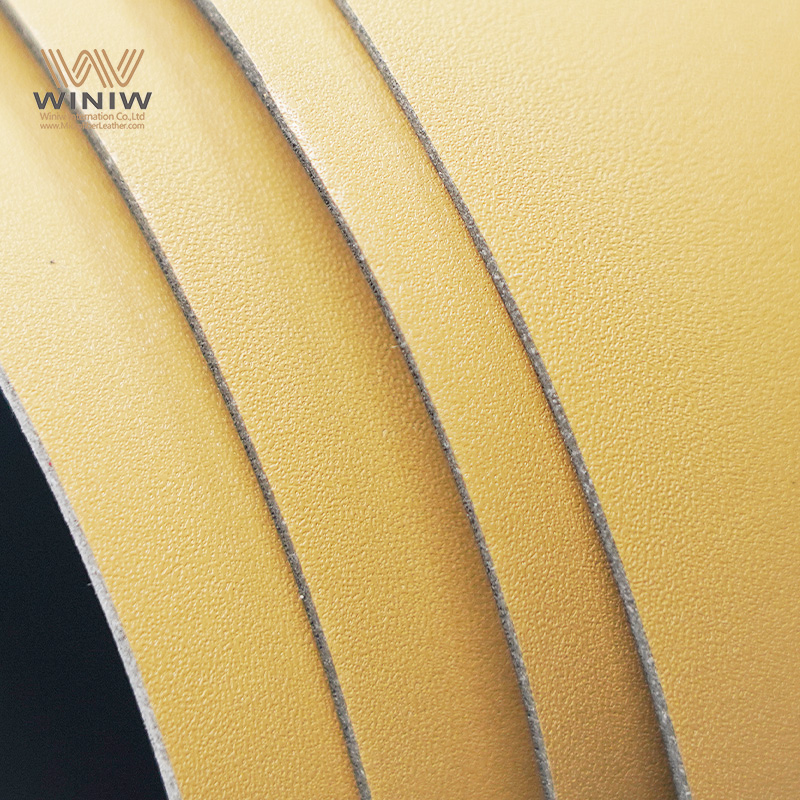
8. Sensitivity to Chemicals
Harsh cleaning agents and solvents can damage the surface. Users must follow care instructions to avoid discoloration or deterioration.
Soft PVC leather serves many purposes, but understanding its limitations helps consumers make informed decisions. Each application requires careful consideration of comfort, durability, appearance, and environmental impact.
Proper cleaning helps maintain the appearance and durability of soft pvc leather. Individuals often wonder how to clean faux leather without causing damage. The best approach involves gentle methods and regular care.
Begin by brushing off any debris with a soft brush or dry cloth. This step prevents scratches during cleaning.
Apply a gentle cleaner using a damp cloth. Choose a pH-neutral cleaner designed for faux leather. Avoid harsh chemicals, as they can harm the pvc surface.
Rinse thoroughly with a clean, damp cloth to remove any leftover cleaner.
Dry the item by patting it with a soft towel.
Use a faux leather conditioner to restore flexibility and keep the pvc material supple.
Regularly apply a protective spray to create a barrier against stains and moisture.
Routine cleaning not only keeps pvc leather looking fresh but also promotes hygiene by removing dirt and bacteria. These steps help prevent long-term damage and extend the life of the material.
Tip: Always test any cleaner on a hidden area before applying it to the entire surface.
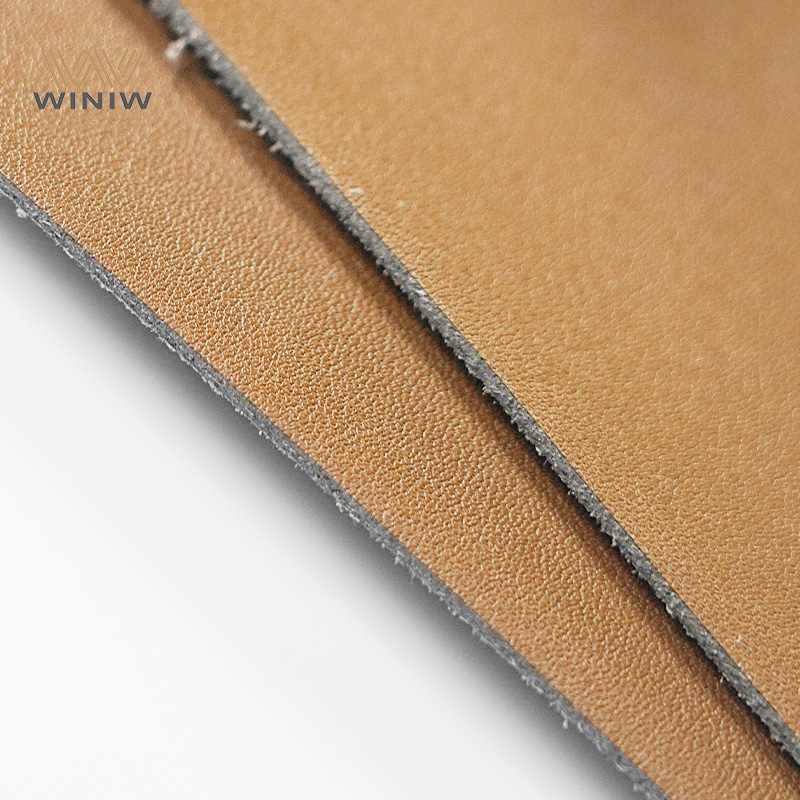
Preventive measures play a key role in preserving soft pvc leather. Individuals can take several steps to protect their items from everyday wear and tear.
Clean regularly to prevent stains and maintain the aesthetic appeal of pvc leather.
Dust surfaces often to stop dirt buildup.
Avoid harsh chemicals, which can cause discoloration or cracking.
Keep pvc leather away from direct sunlight. Sun exposure may lead to fading and brittleness.
Use protective sprays for added defense against stains and spills.
Proper care ensures that pvc leather remains flexible and durable. These habits help maintain the quality and appearance of the material over time.
Note: Consistent care and protection can significantly extend the lifespan of pvc leather products.
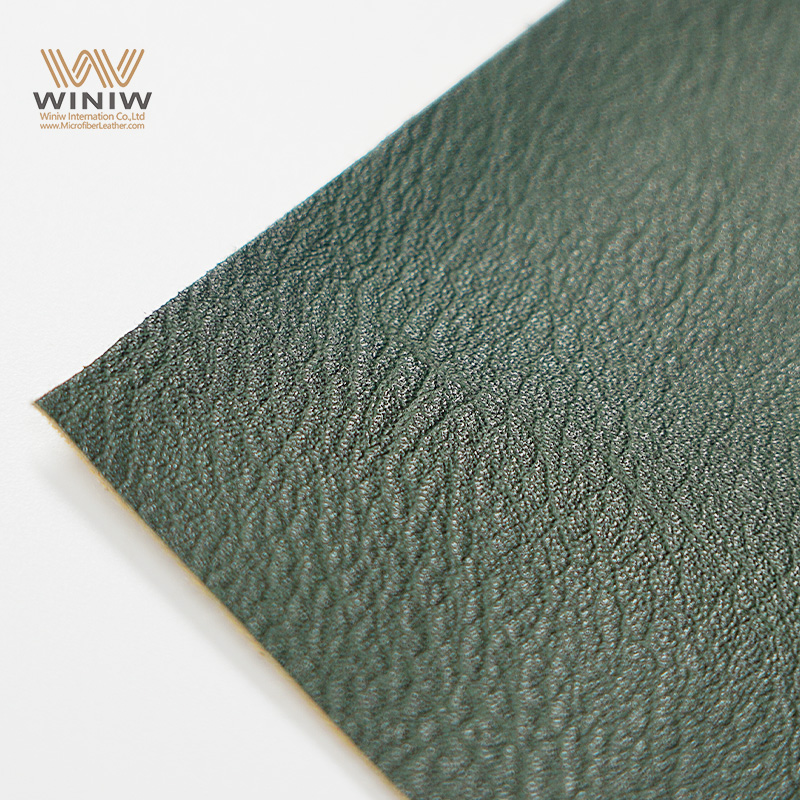
Correct storage conditions help maintain the quality of soft pvc leather.
Store items away from direct sunlight to prevent fading and damage.
Use wide, padded hangers for clothing to avoid misshaping.
Stuff bags and purses with bubble wrap or soft materials to help them keep their shape.
Keep pvc leather goods in a low-humidity environment. Excess moisture can cause mildew and weaken adhesives.
Choose breathable fabric dust covers instead of plastic. This allows airflow and prevents moisture buildup.
These storage practices protect pvc leather from environmental stress and physical deformation. Proper storage helps items retain their original look and feel for years.
Tip: Regularly inspect stored pvc leather items for signs of mildew or fading.
Extending the lifespan of soft PVC leather requires consistent care and attention. Many users ask how long does pvc leather last in everyday settings. The answer depends on maintenance habits, environmental conditions, and product quality. Manufacturers design soft PVC leather to withstand regular use, but the pvc leather lifespan can vary. People who follow best practices often see their items last for several years.
Proper cleaning plays a major role in increasing lifespan. Individuals should remove dust and dirt regularly. A soft cloth or brush works well for this purpose. Mild soap and water help eliminate stains without damaging the surface. Avoiding harsh chemicals preserves the material and supports a longer pvc leather lifespan.
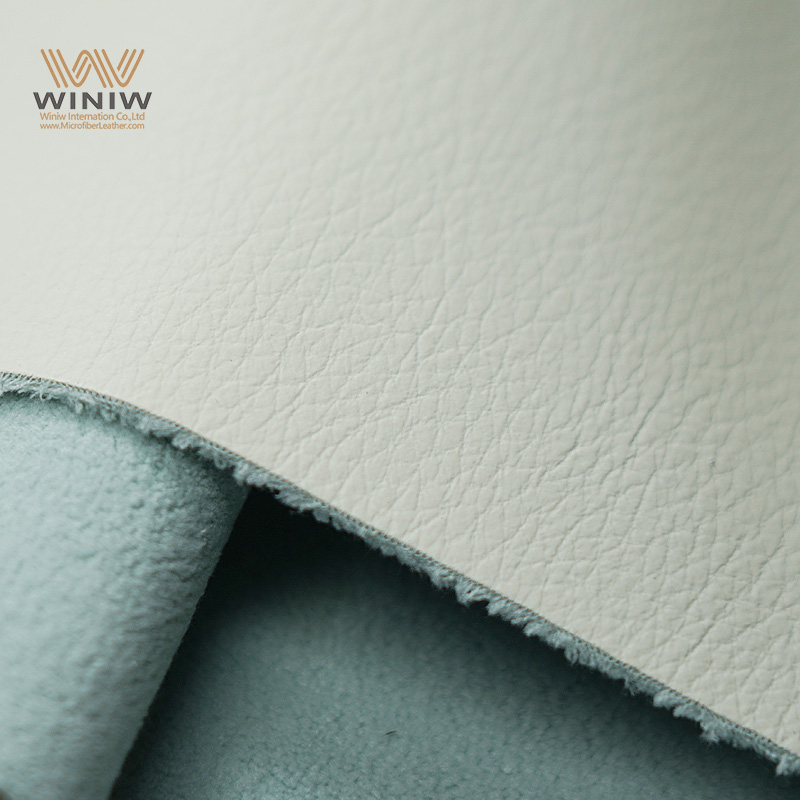
Environmental factors also affect how long does pvc leather last. Sunlight can fade colors and weaken the structure. Users should keep items away from direct sunlight. High humidity may cause mildew or adhesive breakdown. Storing products in cool, dry places helps maintain their lifespan. People who use breathable covers protect their belongings from moisture and dust.
Usage habits influence the pvc leather lifespan. Heavy use in high-traffic areas may shorten the lifespan. Rotating furniture or accessories reduces wear on specific spots. People should avoid placing sharp objects on soft PVC leather. Scratches and punctures can lead to early deterioration. Using protective sprays adds a layer of defense against spills and stains.
Routine inspections help identify problems early. Individuals should check for signs of cracking, fading, or peeling. Addressing minor issues quickly prevents further damage and extends the lifespan. Small repairs, such as patching or conditioning, keep items looking new.
The following table summarizes key strategies for maximizing lifespan:
|
Strategy |
Benefit |
|---|---|
|
Regular Cleaning |
Prevents dirt buildup |
|
Sunlight Protection |
Reduces fading and brittleness |
|
Humidity Control |
Prevents mildew and adhesive loss |
|
Gentle Use |
Minimizes scratches and tears |
|
Routine Inspection |
Detects issues early |
|
Protective Sprays |
Shields against stains |
Tip: People who invest time in maintenance often enjoy a longer pvc leather lifespan. Consistent care answers the question of how long does pvc leather last with positive results.
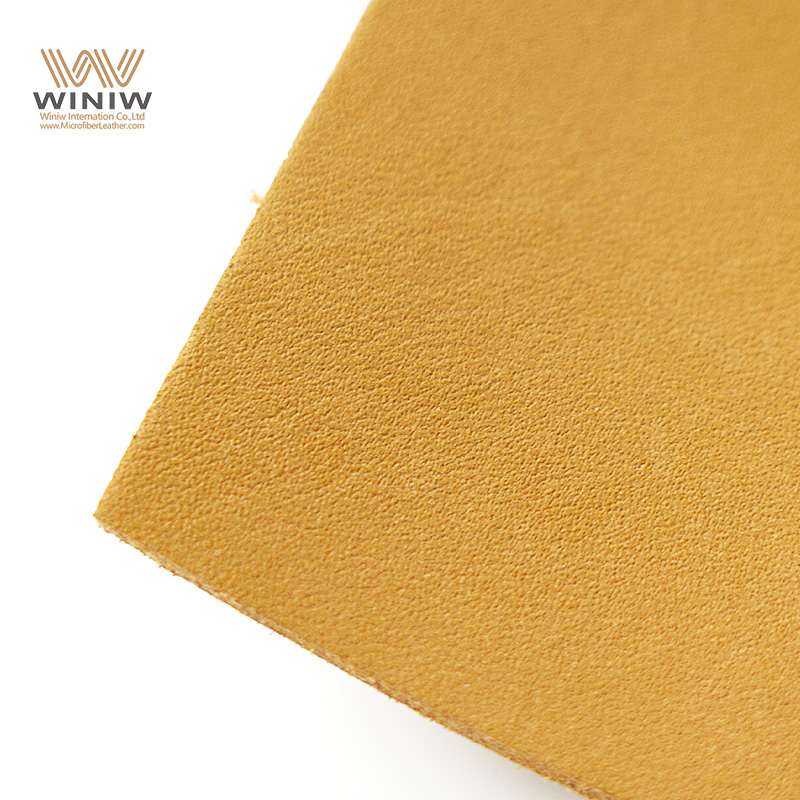
Manufacturers recommend following these steps to maximize the lifespan of soft PVC leather. Individuals who value durability and appearance benefit from adopting these habits. The pvc leather lifespan reflects the effort put into care and protection. With proper attention, soft PVC leather can serve users well for many years.
Soft PVC leather serves as a synthetic, affordable, and durable alternative to genuine leather. Manufacturers use it in furniture, fashion, and especially automotive interiors. The material stands out for its UV resistance, easy cleaning, and comfort. Many industries value its lightweight structure and hygiene features.
|
Application |
Key Benefits |
|---|---|
|
Automotive Interiors |
UV resistance, wear resistance, easy cleaning |
|
Public Transport Seating |
Durability, hygiene, comfort |
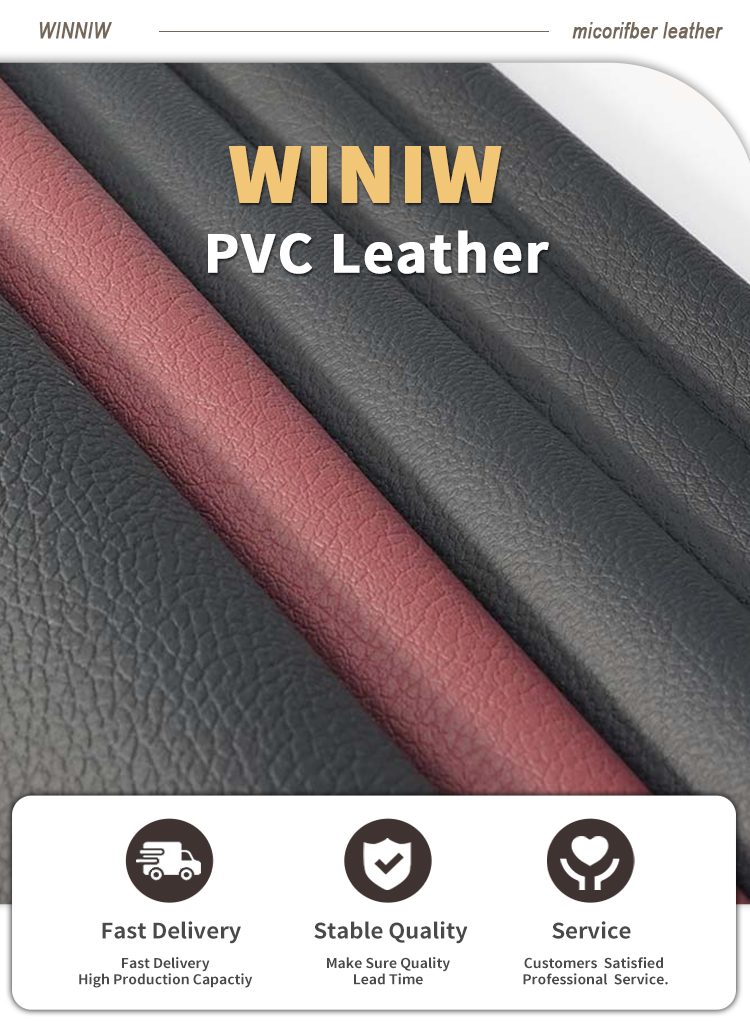
Consumers should consider their needs and preferences when selecting materials for daily use.
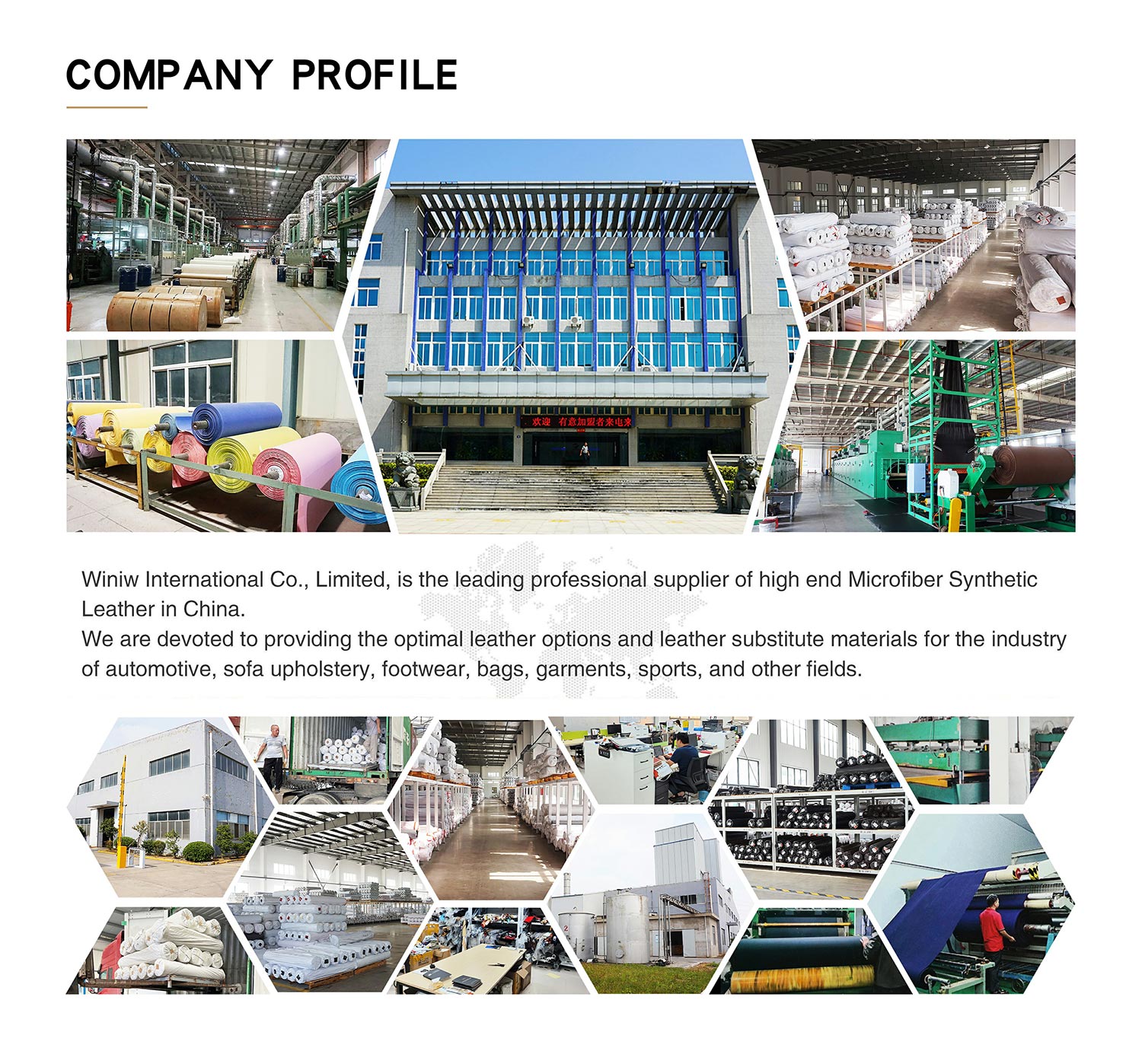
Soft PVC leather is a synthetic material made from plastic and fabric. Genuine leather comes from animal hides. Soft PVC leather costs less, resists water, and cleans easily. Genuine leather lasts longer and develops a unique look over time.
Yes, soft PVC leather can crack or peel, especially with heavy use or exposure to sunlight and heat. Regular cleaning and proper care help extend its lifespan and keep it looking new.
Soft PVC leather does not contain animal proteins, so it rarely causes allergic reactions. However, some people may react to certain chemicals used in its production. Checking for safety certifications can help ensure product safety.
Soft PVC leather usually feels smoother and less breathable than genuine leather. Labels often list "PVC," "vinyl," or "synthetic leather." Buyers can also check for a uniform texture and a plastic-like backing.
No, soft PVC leather cleans well with mild soap and water. Harsh chemicals or abrasive cleaners can damage the surface. Using a soft cloth and gentle cleaner keeps the material in good condition.
Soft PVC leather is not biodegradable and relies on petrochemicals. Some manufacturers recycle PVC, but most products end up in landfills. Eco-friendly alternatives, like bio-based faux leather, offer better environmental benefits.
Manufacturers design some soft PVC leather products for outdoor use. These items resist water and UV rays. However, long-term exposure to sunlight and extreme weather can cause fading or cracking. Using covers or storing items indoors helps protect them.
Soft PVC leather appears in furniture, car interiors, bags, shoes, and clothing. It also covers medical equipment, sports gear, and tech accessories. Its durability and easy maintenance make it popular in many industries.

Scan to wechat:
